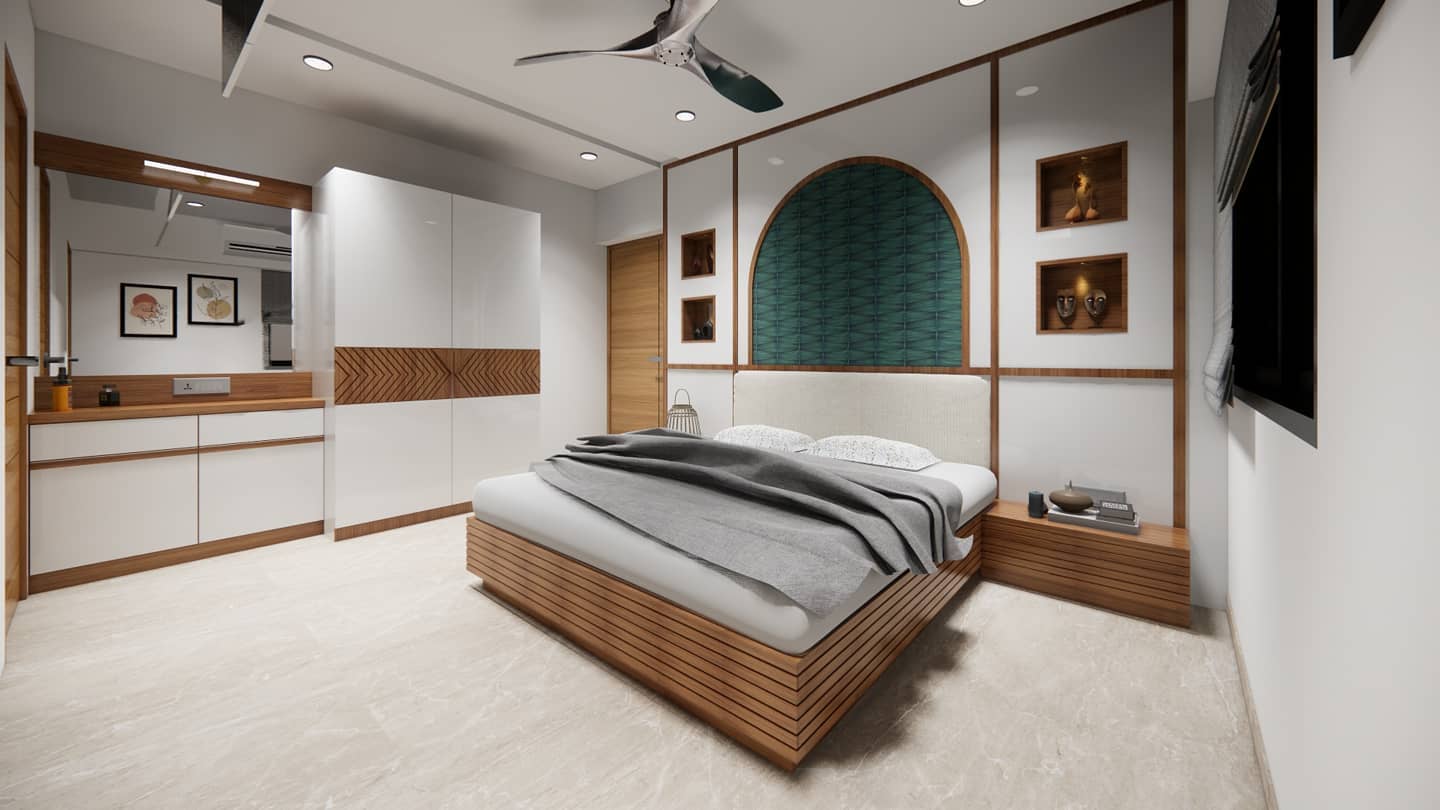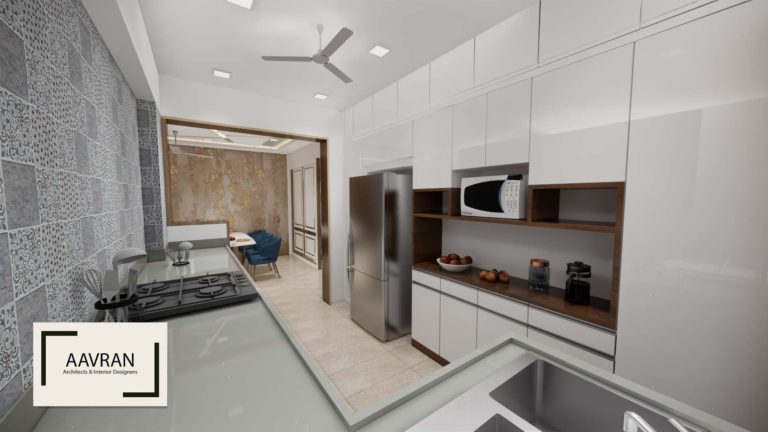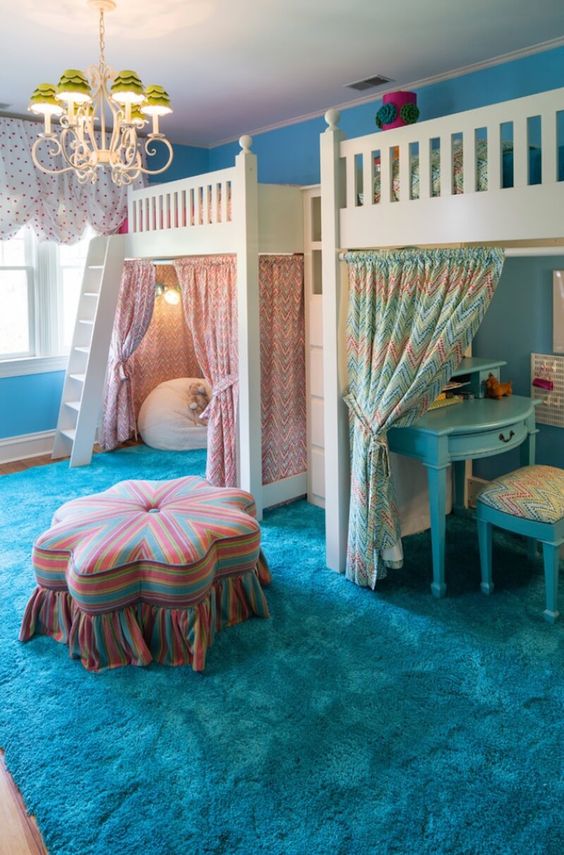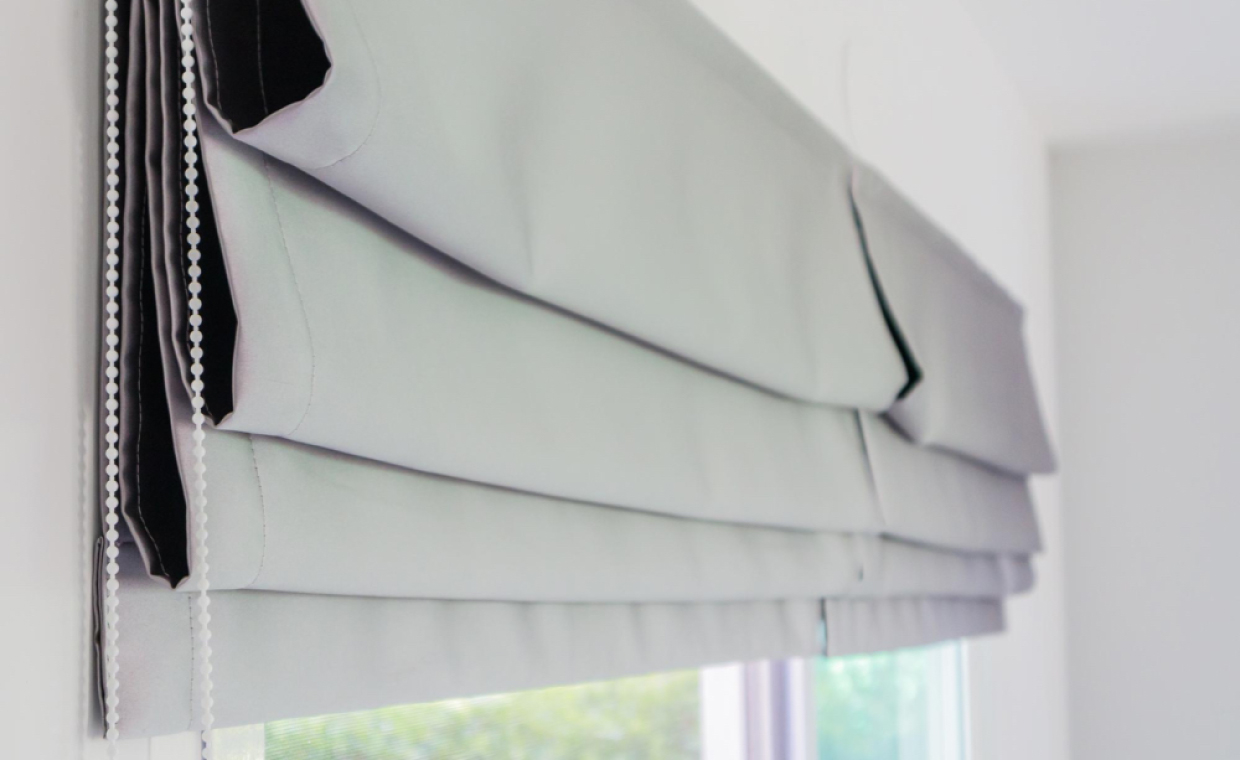
Table of Contents
Wood has been a fundamental construction material for centuries, used in everything from furniture to structural components of buildings. Before the invention of cement, wood was the primary choice for construction due to its strength, versatility, and natural availability. Even in today’s modern world, where concrete and steel dominate, wood continues to hold an important place in architecture, interior design, and furniture making.
Among the many types of wood available, oak stands out as one of the most sought-after hardwoods. Known for its durability, strength, and aesthetic appeal, oak has been used for centuries in making furniture, flooring, and structural elements. This article explores the properties, advantages, disadvantages, and uses of oak wood in detail.
Also Read: Various Types of Natural Wood Veneers for House Interior
Types of Wood and Classification

Wood can be classified into two main categories:
- Hardwood: Derived from deciduous trees (trees that shed their leaves annually), hardwood is generally denser, stronger, and more durable. Examples include oak, teak, mahogany, and maple.
- Softwood: Sourced from coniferous trees (evergreen trees with needle-like leaves), softwood is usually lighter and easier to work with. Examples include pine, cedar, and fir.
Oak belongs to the hardwood category and is known for its resilience, making it a popular choice for furniture, flooring, and cabinetry.
Oak Wood Overview

Oak wood is highly valued due to its strength, density, and resistance to wear. It is classified into two primary types.
- White Oak (Quercus alba): Known for its higher resistance to moisture, decay, and insect infestations. It is commonly used for boat building, flooring, and outdoor furniture.
- Red Oak (Quercus rubra): More widely available and slightly less durable than white oak. It is commonly used for furniture, cabinetry, and interior flooring.
Oak wood is widely grown in North America, Europe, and parts of Asia. The best-quality oak is often sourced from Russia and the United States, where controlled forestry ensures sustainable harvesting.
Appearance of Oak Wood

Oak wood is known for its distinctive appearance, making it a favourite among designers and architects. Some key features include
- Colour: The colour of oak wood varies from light beige to brown and reddish tones, depending on the species.
- Grain Pattern: Oak has a prominent grain pattern that gives it a natural, textured look. It has a straight grain with open pores, enhancing its aesthetic appeal.
- Texture: The texture of oak wood is smooth, making it comfortable to touch and ideal for polished finishes.
- Aging: Over time, oak wood darkens, giving it a richer and more luxurious look. This makes it a great choice for long-lasting furniture and flooring.
Also Read: Beginners Guide to Teak Wood for Furniture Making!
Properties of Oak Wood

1. Strength and Hardness
Oak wood is extremely strong and ranks high on the Janka hardness scale:
- White Oak: 4900 N (Newtons)
- Red Oak: 4700 N
This makes oak resistant to scratches, dents, and wear, making it ideal for high-traffic areas and heavy-duty furniture.
2. Durability
Oak is known for its longevity. Properly maintained oak furniture and flooring can last for decades, making it a cost-effective investment.
3. Rot and Termite Resistance
- White Oak: Highly resistant to moisture, rot, and decay due to its closed-grain structure.
- Red Oak: Less resistant to moisture, making it more prone to decay if not treated properly.
- Both types are moderately resistant to termites, but extra precautions should be taken in termite-prone areas.
Also Read: Make Your Home Termite Free with these Termite Prevention Tips!
4. Workability
Oak wood is relatively easy to work with, despite its hardness. It can be cut, shaped, and sanded using both hand tools and machines. However, its open grain structure requires careful finishing to achieve a smooth surface.
5. Water Resistance
White oak has smaller pores, making it more resistant to water absorption compared to red oak. This property makes white oak ideal for marine applications, outdoor furniture, and moisture-prone areas.
6. Maintenance
Oak wood requires minimal maintenance. Regular dusting and occasional polishing help retain its natural beauty and durability.
7. Dimensional Stability
Like all hardwoods, oak expands and contracts with changes in humidity. White oak is slightly more stable than red oak, making it more suitable for environments with fluctuating humidity levels.
8. Cost
Oak is relatively affordable compared to premium hardwoods like teak. While white oak is more expensive than red oak due to its superior properties, both are considered cost-effective options for durable woodwork.
Advantages of Oak Wood

- Timeless Aesthetic Appeal: The rich grain pattern and natural texture make oak ideal for classic and rustic interior styles.
- Smooth Finish: Oak’s natural smoothness enhances its tactile appeal, making it pleasant to touch and easy to maintain.
- Ease of Workability: Despite its density, oak wood can be easily worked with modern tools, making it suitable for intricate designs.
- High Durability: Its strength ensures longevity, making it ideal for flooring, furniture, and structural applications.
- Affordability: Compared to teak and mahogany, oak is a budget-friendly hardwood option.
Also Read: Ultimate List of Interior Design Styles for Your Home Interior!
Disadvantages of Oak Wood

- Heavy Weight: Oak is a dense wood, making furniture made from it quite heavy and difficult to move.
- Modern Style Limitation: While oak is excellent for rustic and traditional styles, it may not blend well with ultra-modern interior designs.
- Iron Reactivity: White oak can develop dark stains when it comes into contact with iron, requiring careful handling.
- Humidity Sensitivity: Oak expands and contracts with humidity changes, which may lead to cracks if not properly maintained.
Uses of Oak Wood

Oak wood is used in a variety of applications due to its durability and aesthetic appeal:
- Furniture: Dining tables, chairs, cabinets, and wardrobes.
- Flooring: Solid wood flooring, parquet flooring, and decking.
- Construction: Beams, doors, window frames, and panelling.
- Outdoor Applications: Benches, garden furniture, and decking.
- Veneer Production: Used for decorative veneers in plywood and MDF furniture.
- Boat Building: White oak is used in marine applications due to its high water resistance.
- Wine Barrels: Oak barrels are used for aging wines and spirits due to their unique chemical composition that enhances flavours.
Conclusion
Oak wood remains a top choice for furniture, flooring, and structural applications due to its durability, strength, and classic appeal. Whether used in rustic settings or modern homes, oak wood’s natural beauty and resilience make it a valuable material. While it does have some drawbacks, proper maintenance and the right applications ensure that oak wood remains one of the best choices in the woodworking industry.
FAQs Regarding Oak Wood
01. Is oak wood suitable for outdoor furniture?
Yes, especially white oak, which is more resistant to moisture and decay.
02. Which is better, red oak or white oak?
White oak is more durable and water-resistant, making it superior for structural and outdoor applications.
03. How long does oak wood furniture last?
With proper care, oak furniture can last for generations.
04. Does oak wood require special maintenance?
Regular dusting and occasional polishing are enough to keep it in good condition.
05. Is oak wood expensive?
It is moderately priced, making it a cost-effective hardwood option compared to teak and mahogany.
Oak wood continues to be a timeless choice in the world of construction and interior design, offering a perfect blend of strength, elegance, and affordability.
Also Read:
9 Tips to Buy Furniture for Your Home
Scandinavian Furniture for your Homes!
Nails vs Screws: Which is Better for Furniture?
References
Jazib, M.J. and Rather, S.A., 2015. An Ethno-Botanical Overview of Oak: A Multipurpose Wild Tree Species of the PirPanjal Himalayas. Forest Res, 4(140), p.2.
United States Department of Agriculture Forest Service (2010). Wood handbook—Wood as an engineering material. Madison: Forest Products Laboratory, (pp.5-21). https://www.arb.ca.gov/cc/capandtrade/protocols/usforest/2014/usfs_wood_handbook_2010.pdf
ASTM D143-94, Standard Test Methods for Smell Clear Specimens of Timber, ASTM International, West Conshohocken, PA, 2000, www.astm.org






























